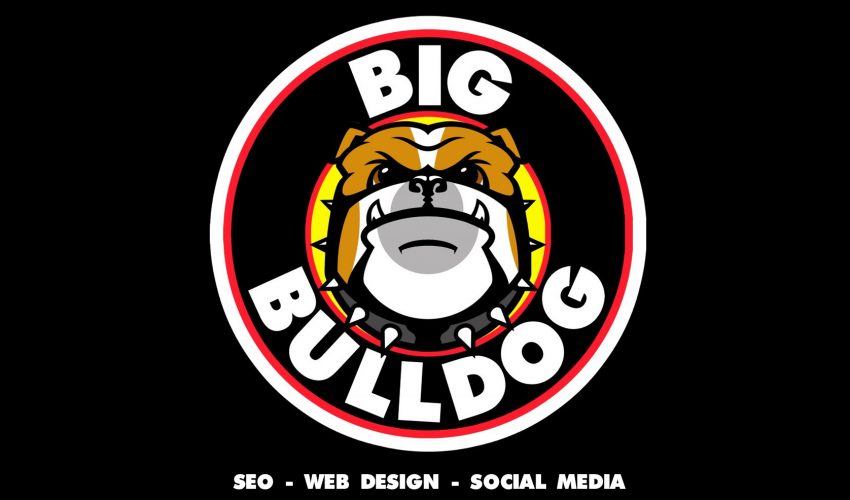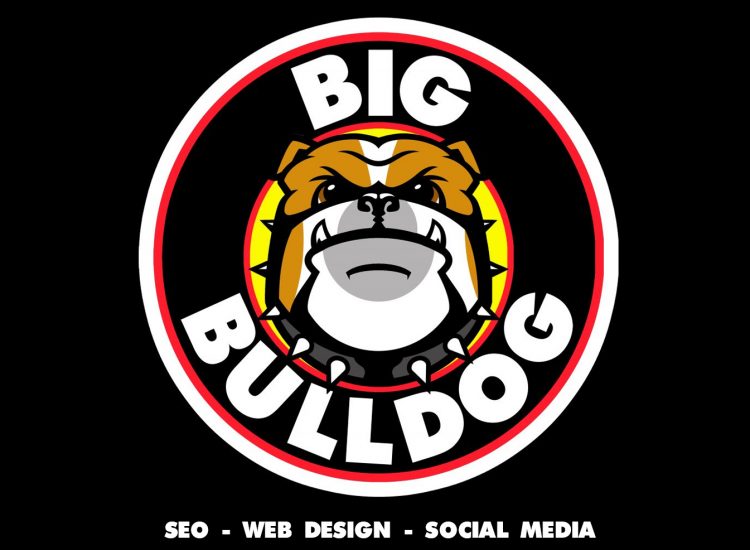 Is SEO A Waste Of Money?
Is SEO A Waste Of Money?
This is a question that many business owners ask as they consider different forms of marketing, especially when they are considering different types of marketing. All business owners are trying to get the biggest bang for their buck with regards to marketing, and unfortunately you will probably not have a lot of data at your disposal to compare against each other in the beginning, without trying different types for extended periods of time. In order to fully analyze different types of marketing and the effectiveness of each one, you need to allow that type of marketing to drive customers to your business for a defined period of time, and then compare the amount of customers who purchased against a different type of marketing tracked over that same period. This eliminates seasonality and other factors that may make one method appear more effective than another if they are tested at different times of year of during different periods. You also must consider that some types of marketing are going to drive different types of customers that convert at different rates. An example of this is a flier or commercial offering a sale or incentive that is not duplicated in other marketing forms. A customer who responds to a discount will have a different mentality than an average customer who responds to a simple ad, and may not have the same lifetime as a customer. Discount customers will typically seek discounts through various competitors, ultimately shortening their lifespan as your customer. In order to assess the effectiveness of one form of marketing vs another, you must give all those forms being tested the same types of incentives.
SEO (search engine optimization) is a growth strategy for businesses, producing customers that are gained through websites that are found on Google by customers. A client website will have a natural ranking in a certain position-range, and an SEO program is designed to increase that range upward toward the first page of Google for searches that customers would perform to find businesses of that type. SEO does not happen immediately the way that placing an ad would, where that ad’s position is defined as soon as it goes live. Instead, SEO uses different methods of manipulating the code and content of a website to force Google to push the rankings higher. Once a website ranks on page one for a search that customers typically do, it should start to produce traffic to that website. SEO is a plan that (if done effectively) will push that position higher on the first page, ultimately producing more traffic as it goes up. Statistically, it is shown that the higher on the first page a website is, the more traffic it will produce through clickthroughs. The SEO plan is to leverage the total amount of potential customer traffic in an area by gaining more clickthroughs as the position increases. If there are an average of 1,000 searches in an area every month for a certain kind of business, the higher percentage of that total amount will click to your site with each position you move up.
Statistical Percentages Of Click Through Traffic
When a website ranks in a certain position range over time, it will gain a relatively trackable percentage of the total clicks possible for that region. The following examples are provided using typical statistical clickthrough numbers on a total of 1,000 searches per month.
Number 1 position = 55% of total traffic 550 clicks
Number 2 position = 26% of total traffic 260 clicks
Number 3 position = 12% of total traffic 120 clicks
Number 4 position = 6% of total traffic 60 clicks
Number 5 position = 3% of total traffic 30 clicks
Number 6 position = 1.5% of total traffic 15 clicks
Number 7-10 position = 1% of total traffic 10 clicks
The conversion rate measured over time of clicks to your website producing actual customers will give you a target profit over the average lifetime of a typical customer. Improvements to the website can increase the conversion rate, but if all traffic sources are landing on similar website pages, the conversion rates between different traffic types should be similar. You can then do the math that is specific for your business model to see what is a break-even in the amount of money you can spend in order to provide one click to your website, and make a profit. You can also begin to compare the different traffic types against each other to see what is the best way to spend your budget.
SEO VS PPC
The easiest comparison with regards to website traffic is SEO vs PPC (paid search on search engines.) This means comparing the amount of traffic that can be gained through that search engine for a certain amount of monthly money. Comparing the positions that are gained organically with SEO against the positions that can be gained with PPC is achievable if you are able to track a high position organically vs a high position in a paid format. Google will give you an average amount of money that you must spend in order to gain a specific amount of clicks, and you can usually determine an average cost per click over time. Once you have established the baseline cost per click that can be provided through PPC and you know that this average CPC will provide a profit for your business, you can then compare the costs of SEO against it to see if SEO is a waste of money or not. This is the way you can hold your SEO company to proving their value, in that they should be able to show you a specific plan over time that will give you a CPC using that strategy that is at least comparable to the PPC model. Good SEO plans that are executed by reputable companies should be able to provide this type of information. Here is an example of a 12 month SEO plan we recently presented to a local pediatric dentist in Las Vegas who was previously using a company that provided only PPC.
The SEO and PPC 12 Month Plan For A Las Vegas Dentist
When we began providing service to the Las Vegas dentist, they were gaining clicks to their website using Google PPC at a per-click average of about $15. This meant that every click to their website that was coming through Google paid search cost them $15, and we could provide comparisons of our program using that as the benchmark. While we do not have conversion rates comparing the old website to the new one we created, we will assume it was the same or better, because the new website was designed to display correctly on mobile devices. The dentist was spending $2,000 per month on Google ads and gaining clicks to the website using only that method at an average cost of $15 each click. When we took over we re-analyzed the PPC program and relaunched it through an account that was operated in the dentist’s name, instead of through a third-party. Our fees for monitoring and operating that account were the same as the previous company, and the per-click price was immediately reduced to $10 per click by improving the ads and targeting. Over time, this was improved even further to be operating at around $8 per click.
Simultaneously with the PPC campaign, we launched an SEO campaign designed to improve the organic positions that were already held through the previous website. This included several high-traffic targeted phrases that we knew produce legitimate customers, like “Las Vegas pediatric dentist” and variations of it. The positions that were held when we took over the account were around the 10th position on page one, sometimes moving up to the 9th position. The existing positions (including searches for the name of the practice) were providing around 35-40 clicks to the website per week, so our goal over a 12 month development plan was to increase those positions and drive additional traffic. The goal of matching the PPC click prices of $10-$15 per click was noted, and increases in weekly clicks to the site through organic means over 35-40 would provide that average click price. We did not want to track the existing organic traffic and claim it as our own, because this would not prove SEO value. While there was an initial drop in organic traffic when the new website was launched (it takes Google a few months to digest new pages and new content) we began to see increases in organic traffic within only about 3 months. As of the current time, we are seeing monthly increases in traffic that is achieved organically of around 10-15 per week. This translates to 40-60 additional clicks to the website every month that were gained through SEO efforts. This computes as somewhere between $16-$25 per click when you divide it against the monthly SEO budget. This campaign is currently eight months along, and we are predicting that we will be achieving the goals of $10 per click produced through SEO by the 12th month. With regards to the dentist business model, the lifetime value of a new customer is worth significantly more than even a $25 per click price, but for this comparison we are judging one marketing form against another.
Is SEO A Waste Of Money? The Conclusion.
The answer is yes if the SEO company can achieve comparable traffic numbers organically when compared against PPC. The answer is no if that SEO company cannot produce a per-click price in increased traffic that pays for their monthly fees. If you are looking only for the most valuable methods of marketing online, you can use this as a guide. Our suggestion is to instead understand first the break-even amount you can spend to gain a new customer, and do all forms of marketing that will produce new customers under that amount spent. Diversifying your marketing will lead to even more customers, and as long as you are spending it on methods that will cost less than they will produce in profit, then you are going to make money. You must hire the best SEO company you can afford to know for certain, and only time will tell.


